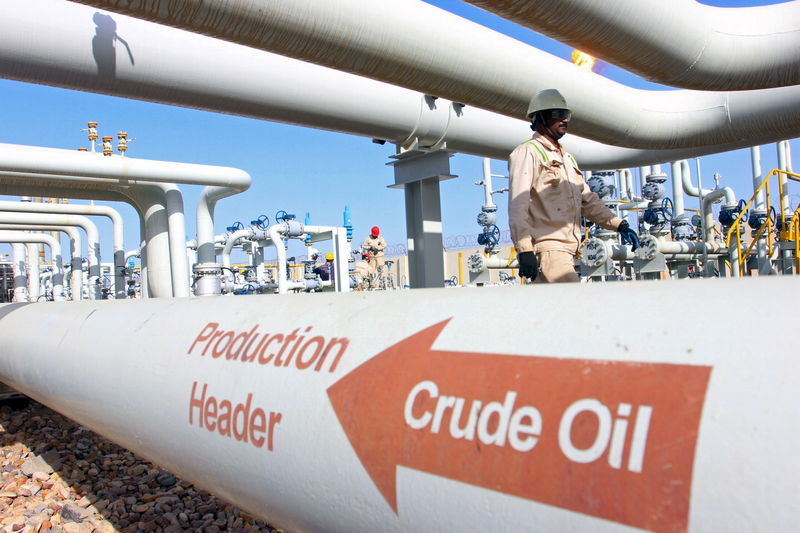Oil prices rise on benign US inflation, big inventory draw
Oil prices rose Wednesday, buoyed by benign US inflation data as well as industry data showing a bigger-than-expected draw in U.S. stockpiles.
At 09:20 ET (13:20 GMT), Brent oil futures rose 0.5% to $81.09 a barrel, while West Texas Intermediate crude futures rose 0.4% to $78.69 a barrel. Rate cut bets build after US CPI
U.S. consumer prices increased by less than expected on an annualized basis in July, data released earlier Wednesday showed, increasing the likelihood that the Federal Reserve will start cutting interest rates at its next meeting in September.
The Labor Department's consumer price index (CPI) rose by 2.9% last month, decelerating slightly from 3.0% in June. Stripping out more volatile items like food and fuel, the "core" number climbed by 3.2% in the twelve months to July, below projections of 3.3%.
This release followed Tuesday’s cooler-than-expected July producer price index , and confirms the generally benign inflationary pressures, which could allow the U.S. central bank to cut its policy rate from the 5.25%-5.50% range it has been in for more than a year.
The prospect of interest rate cuts presents a brighter outlook for the U.S. economy, especially amid recent concerns that slowing growth will require more rate cuts from the Fed.
Traders gravitated slightly more towards a 50 basis point cut in September over a 25 bps cut, according to CME Fedwatch. US inventories shrink more than expected - API
Data from the American Petroleum Institute showed U.S. oil inventories shrank by 5.2 million barrels in the week to August 10, much more than expectations for a draw of 2 million barrels.
Gasoline inventories contracted, while distillate inventories saw a mild build.
The reading, which usually heralds a similar reading from official inventory data , showed that demand remained robust in the world’s biggest fuel consumer, even as the travel-heavy summer season wound down.
The reading helped oil bulls look past a recent cut in the Organization of Petroleum Exporting Countries’ outlook for demand growth in 2024, and also helped soothe concerns that slowing U.S. economic growth will damage demand.
The International Energy Agency also trimmed its 2024 oil demand forecast this week.
(Ambar Warrick contributed to this item.)
Source: Investing.com
